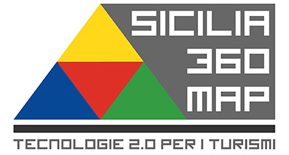The use of software for board portals is now a standard practice for organizations that wish to streamline their meeting management processes which will increase productivity and make governance more effective. The trend is global and is fueled by a variety of reasons that include a growing demand for transparency and risk mitigation from regulatory bodies, an increase in technology-literate organisational leaders joining boards, the ability to reduce costs through efficiency gains, and an increasing desire to recruit younger directors with strong technological backgrounds.
The extensive functionality of modern board portals means that organisation officials can manage everything they require for their meetings through a single platform. They can reduce costs and time by utilizing a single system to handle tasks like document management, communication and voting. It also lets them focus on meeting preparation and distribution of high-quality data that helps in the success of board meetings.
Board members need to be able to access the most up-to-date documents and data analysis to make informed decisions that are in line with their company’s strategic objectives. Digital board portals enable directors to collaborate with other directors on documents and discussions simultaneously regardless of the location or device. They also provide the flexibility to vote anonymously on sensitive issues.
The ‘anytime and anywhere’ remote accessibility that is provided by modern board portals allows directors to access their accounts from any device and location and without the requirement for any special software or app downloads. This means they can access their work from their home or at a restaurant at the airport, or on the go, meaning they can work when away from their desks or on business travel.




